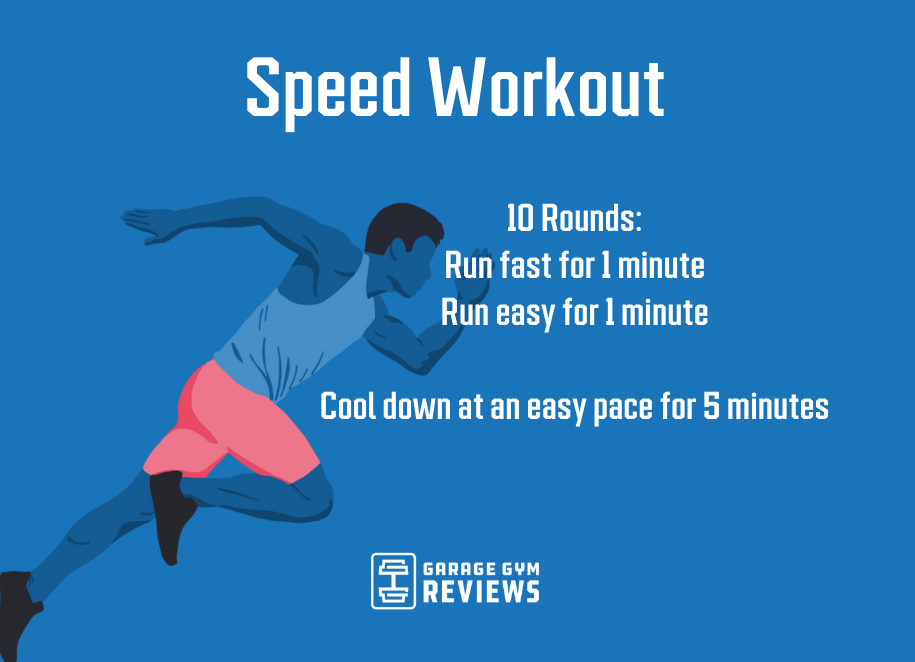Overhaul Your Running Strategy: Tips for Enhanced Performance
Overhaul Your Running Strategy: Tips for Enhanced Performance
Blog Article
Overcoming Discomfort in Operating: Methods and Strategies That Job
Pain is an usual companion for lots of joggers, frequently serving as a barrier to accomplishing their desired objectives. With the appropriate approaches and strategies, it is possible to get rid of and also stop the pain associated with running. By discovering different methods such as understanding the different kinds of running discomfort, maximizing footwear and form, including cross-training and strength workouts, executing efficient recovery methods, and maintaining correct nutrition and hydration, runners can potentially minimize their pain and enhance their total running experience.
Understanding Different Kinds Of Running Pain

An additional kind of running pain is joint discomfort, which can manifest as a sharp or achy pain in locations such as the knees, hips, or ankles (running workout). Joint pain might be triggered by factors like inappropriate running form, overuse, or underlying conditions like joint inflammation (great tips). It is essential to set apart between muscular tissue discomfort and joint pain, as the latter may need clinical focus to prevent further injury
Recognizing the various kinds of running pain is important for reliable administration and prevention techniques to make certain a risk-free and satisfying running experience.
Correct Footwear and Running Kind
To enhance efficiency and lower the threat of running-related injuries, selecting appropriate footwear and keeping appropriate running type are vital elements for runners of all levels. Proper footwear plays an essential duty in supplying support, cushioning, stability, and protection for the feet and lower limbs. It is advised to choose running footwear that are specifically made for the individual's foot kind, running gait, and the kind of running task they involve in. Obtaining suitabled for shoes at a specialty running store can help ensure the right fit and support.

Cross-Training and Strength Exercises
Involving in cross-training and integrating strength exercises into a running regimen can substantially boost general performance and decrease the chance of injuries. Cross-training, such as cycling or swimming, helps boost cardiovascular physical fitness while providing running muscles a break from repeated impact. It additionally aids enhance different muscle mass groups, resulting in better overall body conditioning. Strength workouts, like squats, lunges, and core exercises, play an essential duty in stabilizing muscle mass and improving running performance. They can deal with muscle mass inequalities, enhance dexterity, and increase power outcome, every one of which are important for running performance.
Incorporating cross-training and stamina exercises right into a running program needs to be done tactically. It is very important to permit sufficient rest between running sessions and cross-training activities to stop overuse injuries. In addition, concentrating on proper kind and strategy during strength workouts is vital to maximizing their benefits and minimizing the risk of injury. By including these elements right into a running regimen, joggers can build a more powerful foundation, boost efficiency, and enjoy an extra lasting running experience.
Recuperation and Relax Strategies
Having actually developed the value of cross-training and strength exercises in an extensive running regimen, attention can now be routed in the direction of Healing and Relax Methods as indispensable parts for maximizing performance and lowering the risk of injuries. (running strategy)
Recovery after running is crucial for muscle mass repair work and growth. Methods such as foam rolling, stretching, and massage therapy aid in minimizing muscle pain and improving versatility. Ample rest between runs enables the body to recuperate and adapt to the physical tension, avoiding overuse injuries.
Integrating active healing days right into a training schedule, where low-intensity tasks like walking or cycling are carried out, can improve blood circulation and advertise healing without placing excess strain on the muscles. Additionally, proper hydration and nourishment play a vital role in see the recuperation process by replenishing lost liquids and nutrients.
Quality sleep is another vital element of recovery that must not be forgotten. During rest, the body undertakes repair service and regeneration procedures, contributing to general physical and psychological health. By prioritizing recuperation and rest techniques, joggers can preserve optimal efficiency degrees and decrease the chance of experiencing discomfort or injuries.
Nutrition and Hydration for Runners
How can runners maximize their performance through appropriate nourishment and hydration methods? Nourishment and hydration are vital aspects of a jogger's training program, playing a critical duty in performance, endurance, and healing. To improve efficiency, runners should focus on eating a well-balanced diet regimen that consists of carbohydrates, proteins, healthy and balanced fats, vitamins, and minerals. Carbohydrates give power for running, while proteins aid in muscle repair work and recuperation. Healthy and balanced fats support general wellness and assistance in taking in vital nutrients. Sufficient hydration is likewise necessary to preserve ideal efficiency, as even light dehydration can adversely affect running performance. Runners ought to drink water before, during, and after their go to remain hydrated. Electrolytes, such as salt and potassium, are additionally important for preserving fluid equilibrium and muscle mass feature - running strategy. In addition, timing meals and treats appropriately prior to runs can assist stop intestinal discomfort and offer the required energy for peak performance. By taking notice of their nourishment and hydration, runners can improve their endurance, quicken recuperation, and carry out at their ideal.
Conclusion
Finally, by understanding the various kinds of running pain, wearing proper shoes, preserving correct running type, integrating cross-training and strength workouts, prioritizing recovery and remainder, and concentrating on nutrition and hydration, joggers can efficiently conquer pain and enhance their performance. Implementing these approaches and techniques can assist joggers prevent injuries, enhance their endurance, and inevitably appreciate a more meeting running experience.
Report this page